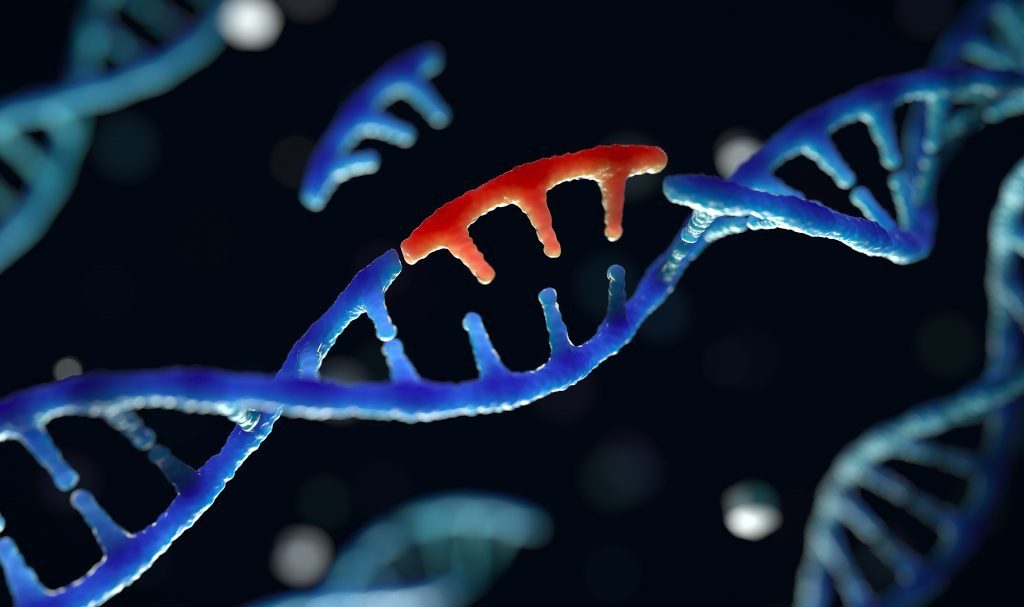Bulbospinal Muscular Atrophy: Symptoms, Causes & Treatment
What are the symptoms of bulbospinal muscular atrophy?
Bulbospinal muscular atrophy, also known as Kennedy’s disease, is a rare inherited disorder that causes progressive muscle weakness and atrophy. The main symptoms include:
- Muscle weakness and wasting:
- Progressive weakness and shrinking (atrophy) of muscles, especially in the arms and legs
- Difficulty with tasks requiring grip strength like opening jars
- Frequent cramps, twitches, and muscle contractions (fasciculations)
- Bulbar symptoms:
- Weakness in muscles of the mouth, throat, and tongue (bulbar muscles)
- Difficulty swallowing (dysphagia)
- Slurred speech (dysarthria)
- Excessive drooling
- Postural and respiratory problems:
- Curvature of the spine (kyphoscoliosis)
- Breathing difficulties due to weakened respiratory muscles
- Facial and tongue muscle involvement:
- Tongue muscles waste away, causing a protruding “serpentine” tongue
- Facial muscles may become weak and mask-like
- Gynecomastia (breast enlargement) in men
- Reduced fertility/testicle shrinkage in men
- Excessive sweating, especially at night
- Tremors or muscle twitches
The symptoms typically begin in men between 30-50 years of age, but can sometimes start earlier. The muscle weakness worsens gradually over decades. Bulbar involvement causing swallowing/speech issues often occurs later in the disease course.
Early signs are subtle and may only involve occasional muscle cramps or mild weakness. Diagnosis involves genetic testing, electromyography, and ruling out other neuromuscular disorders.
What are the causes of bulbospinal muscular atrophy?
Bulbospinal muscular atrophy (BSMA), also known as Kennedy’s disease, is caused by a genetic mutation on the X chromosome. The specific cause is:
Mutation in the AR (Androgen Receptor) Gene
- The AR gene provides instructions for producing the androgen receptor protein.
- This protein binds to testosterone and other androgens (male hormones) to regulate male sexual development and muscle maintenance.
- In BSMA, there is an abnormal expansion of a CAG trinucleotide repeat in the AR gene.
- This makes the androgen receptor protein expand in size and become toxic to certain nerve and muscle cells over time.
Inheritance Pattern
- BSMA has an X-linked recessive inheritance pattern.
- The defective AR gene is located on the X chromosome.
- Females have two X chromosomes, while males have one X and one Y chromosome.
- Males who inherit the mutated X chromosome will develop BSMA.
- Females with one defective AR gene are carriers and typically do not show symptoms.
The specific number of CAG repeats correlates with age of symptom onset and disease severity in BSMA patients. Generally:
- 20-32 repeats is considered normal range
- 38-62 repeats causes BSMA, with higher repeat numbers leading to earlier onset
The mutation causes the toxic androgen receptor proteins to accumulate primarily in lower motor neurons in the brainstem and spinal cord, leading to their degeneration over decades.
BSMA is one of the few motor neuron diseases caused by a known genetic mutation that has been identified.
What is the treatment for bulbospinal muscular atrophy?
Unfortunately, there is no cure currently available for bulbospinal muscular atrophy (BSMA or Kennedy’s disease). However, several treatment approaches can help manage the symptoms and slow the progression of the disorder:
- Physical therapy and exercise:
Therapies like range-of-motion exercises, stretches, and low-impact strength training can help maintain muscle strength, flexibility, and function for as long as possible. - Speech therapy:
As bulbar muscles weaken, speech therapists can provide techniques to improve swallowing, speech clarity, and communication abilities. - Assistive devices:
Canes, walkers, wheelchairs, and other mobility aids may become necessary as the disease progresses to assist with declining muscular function. - Breathing support:
For those with respiratory muscle weakness, non-invasive ventilation devices like BiPAP machines can help with breathing at night. - Testosterone-reducing therapies:
Medications that reduce testosterone levels, such as leuprolide, may help slow progression by preventing the mutant androgen receptor’s toxic effects. - Gene therapy (experimental):
Researchers are investigating ways to deliver functional androgen receptor genes or silence the mutant gene as a potential future treatment approach. - Supportive care:
Management of bulbar symptoms like dysphagia, excessive drooling, and muscle cramps/spasms through medications, botulinum toxin injections, etc. - Surgery:
Procedures like muscle/tendon release or spinal fusion may be needed to correct severe joint deformities or scoliosis. - Nutritional support:
A high-calorie, high-protein diet or tube feeding may be required if swallowing is severely impaired. - Psychological counseling:
To help patients and families cope with the challenges of this progressive, debilitating disease.
Early diagnosis is important to initiate therapies that can improve function and independence for BSMA patients. A multidisciplinary treatment approach is recommended.




